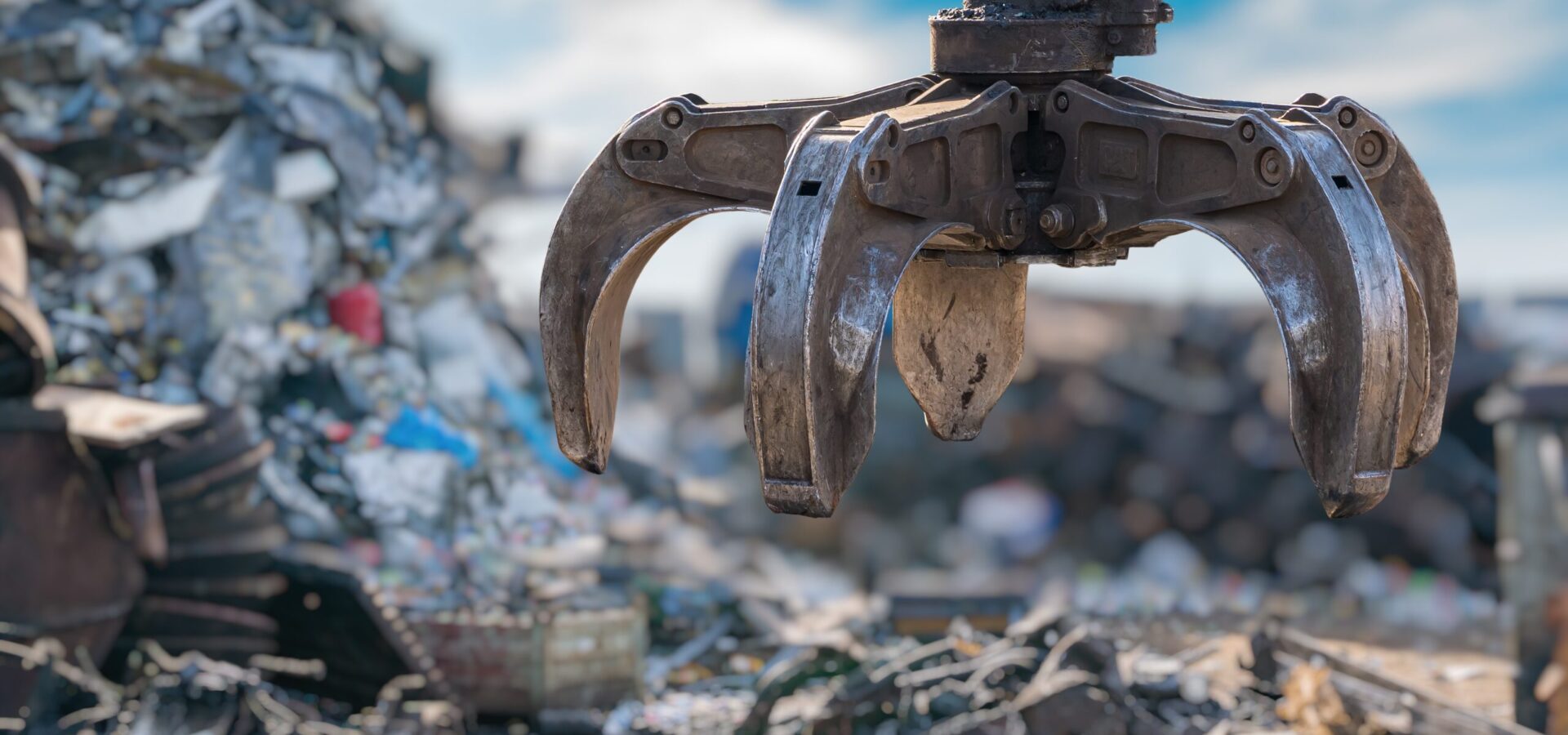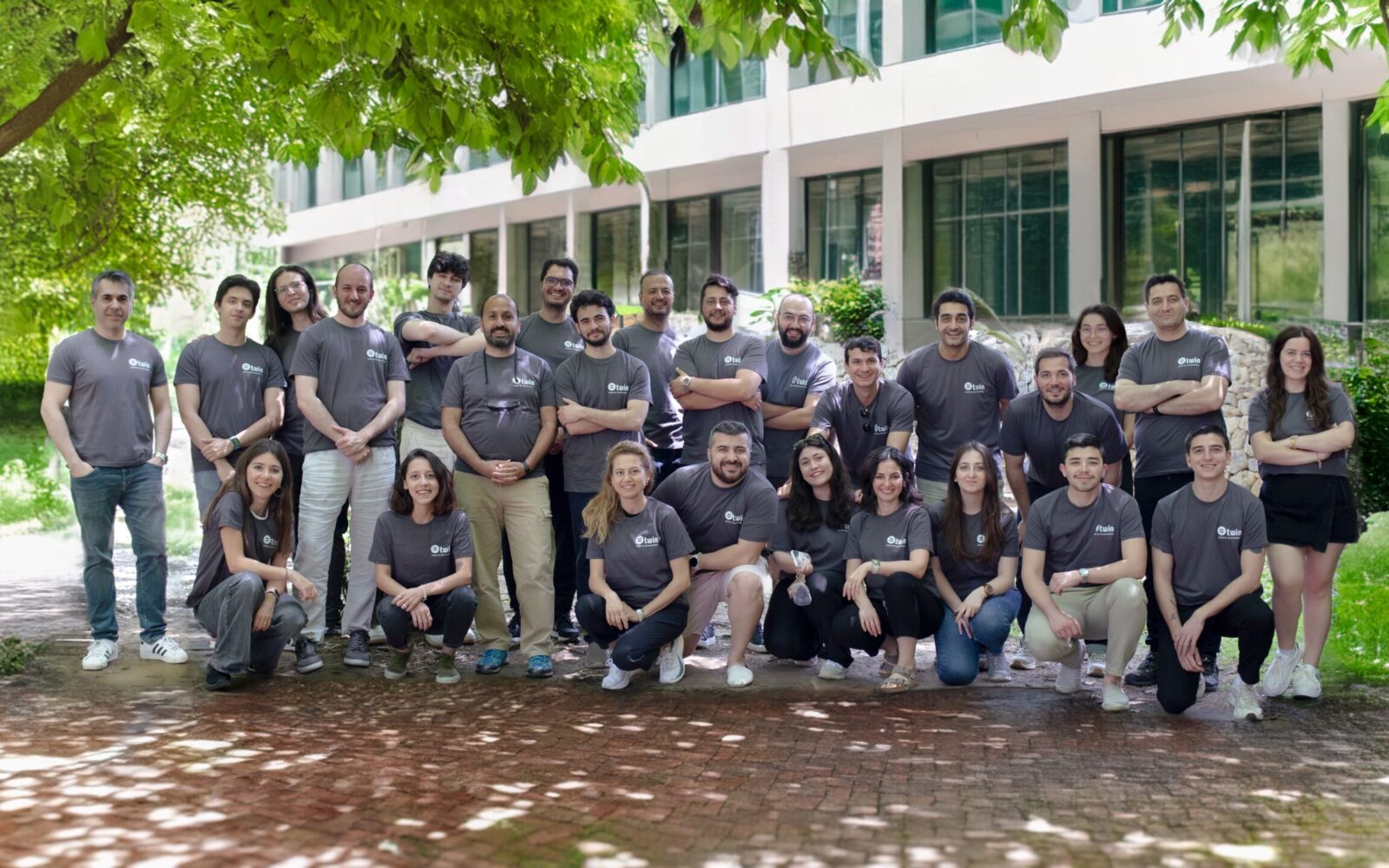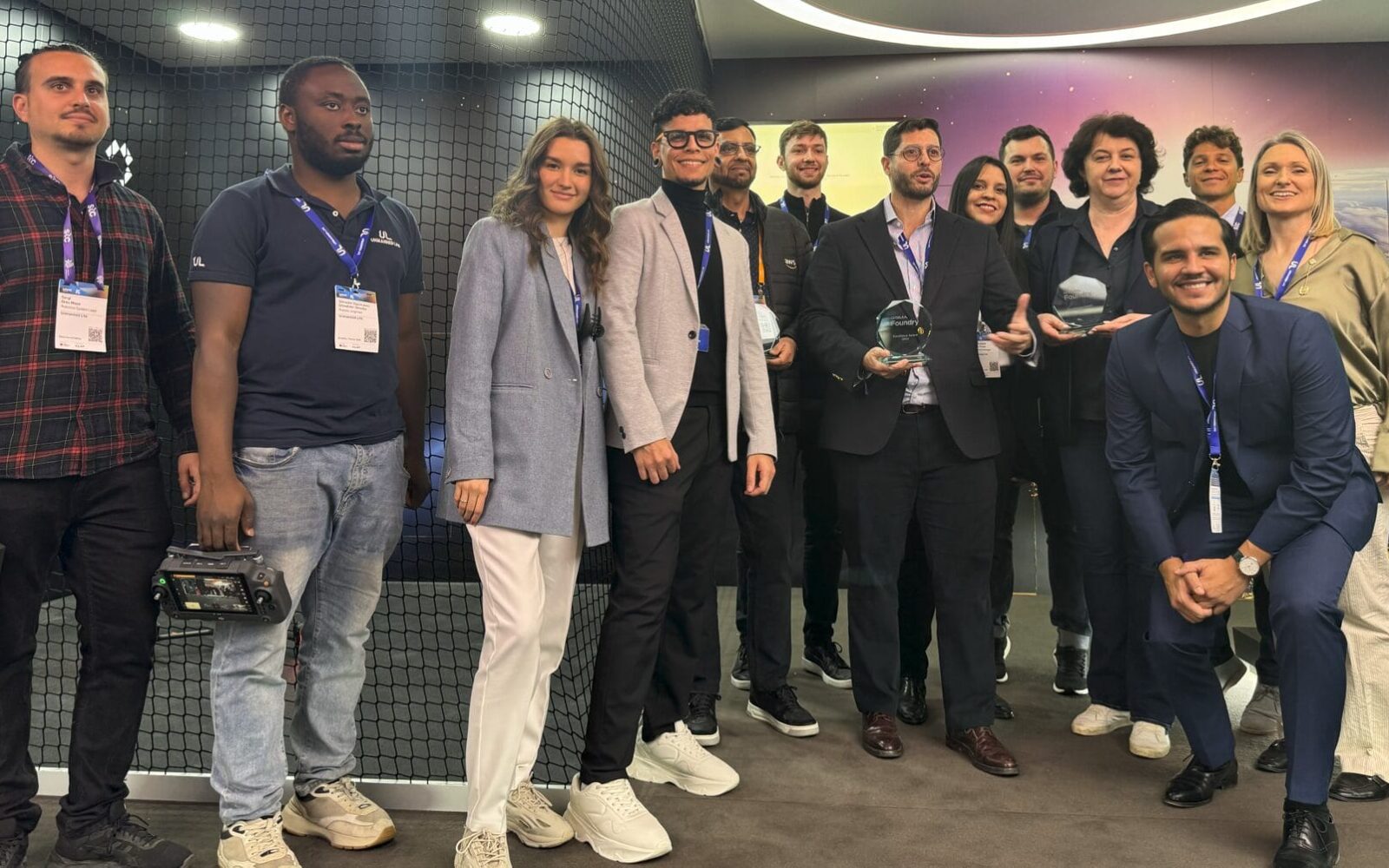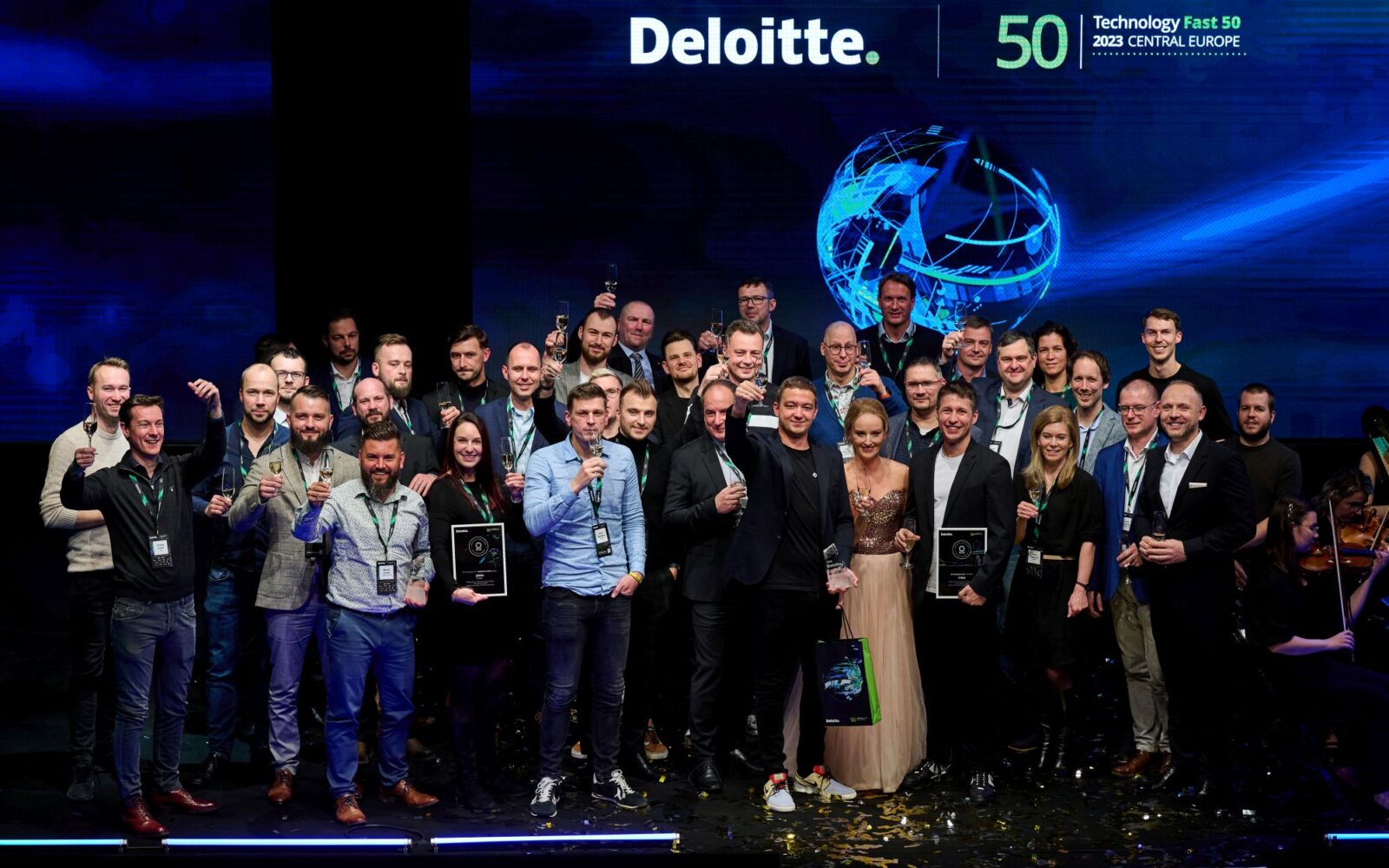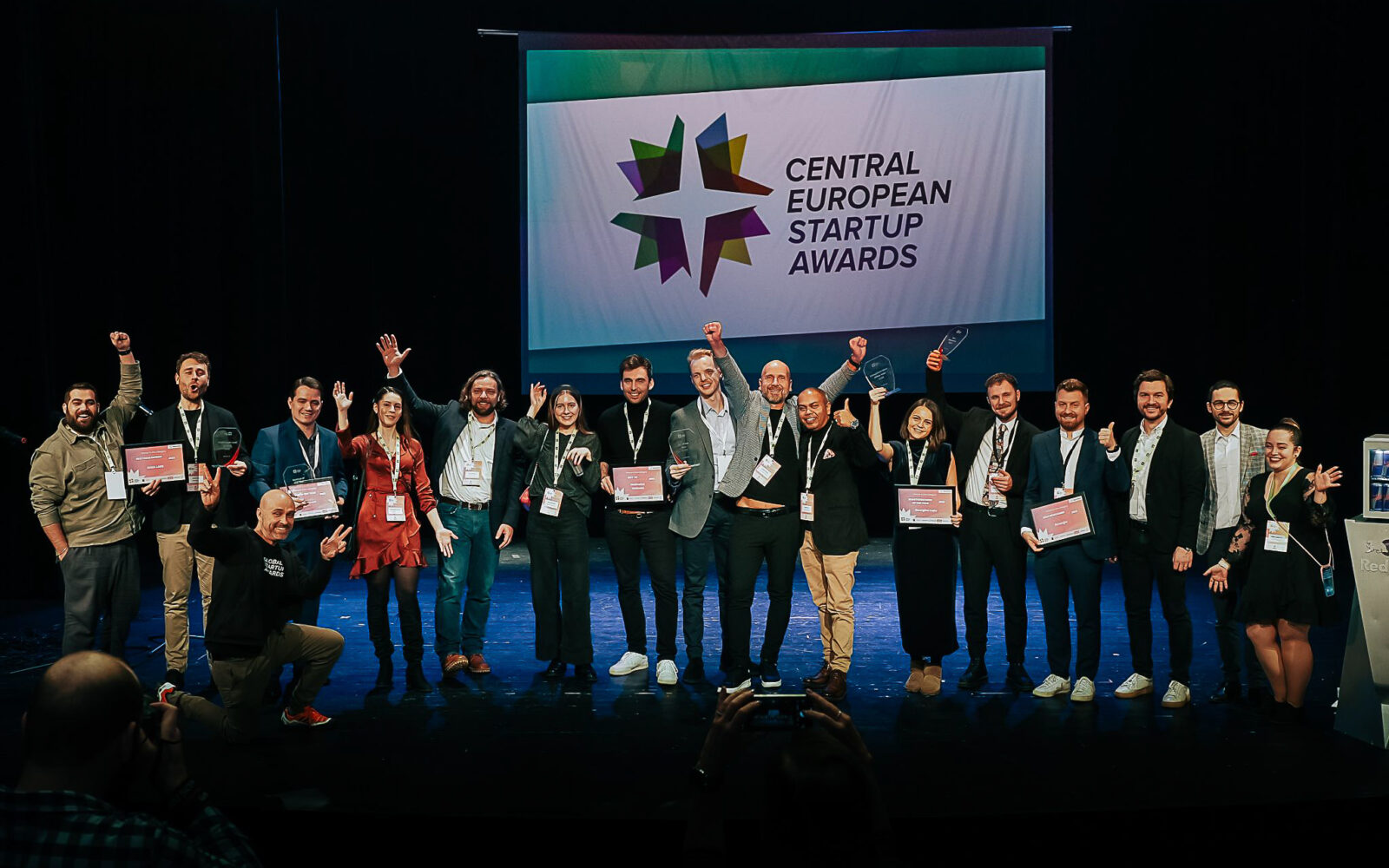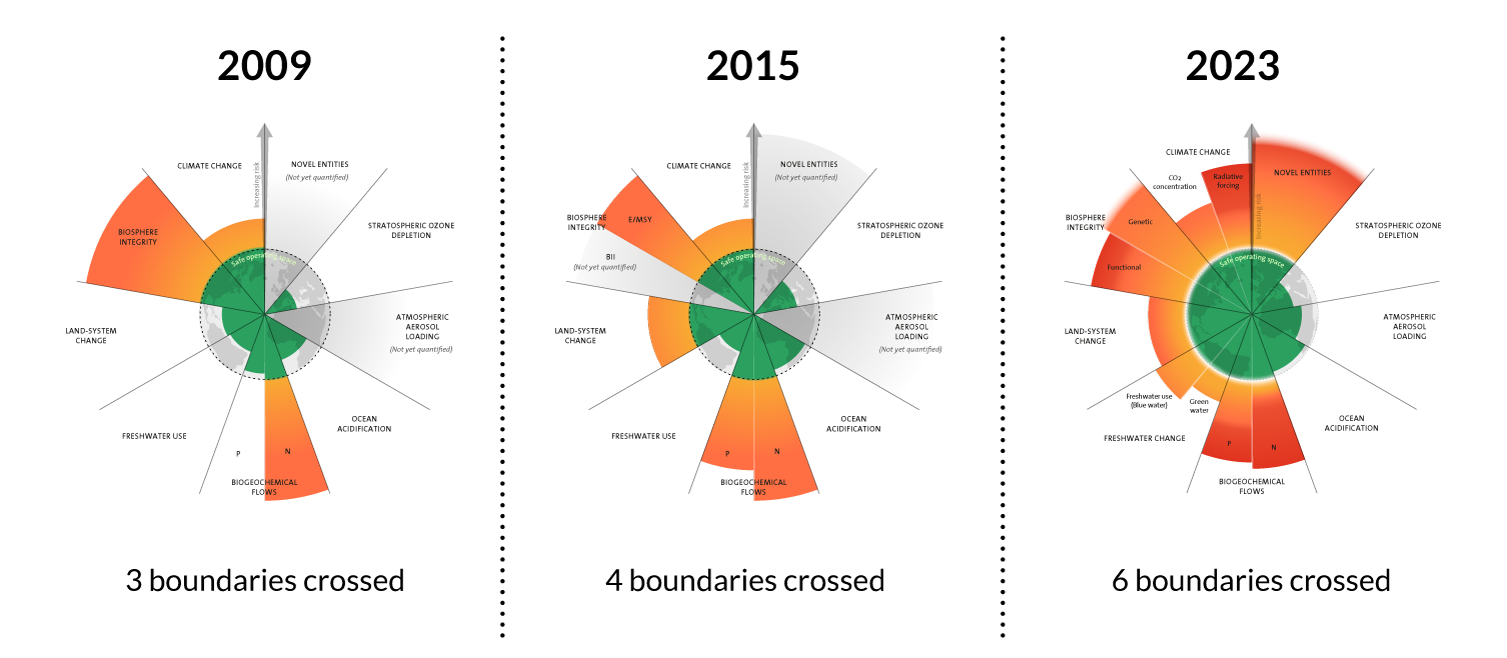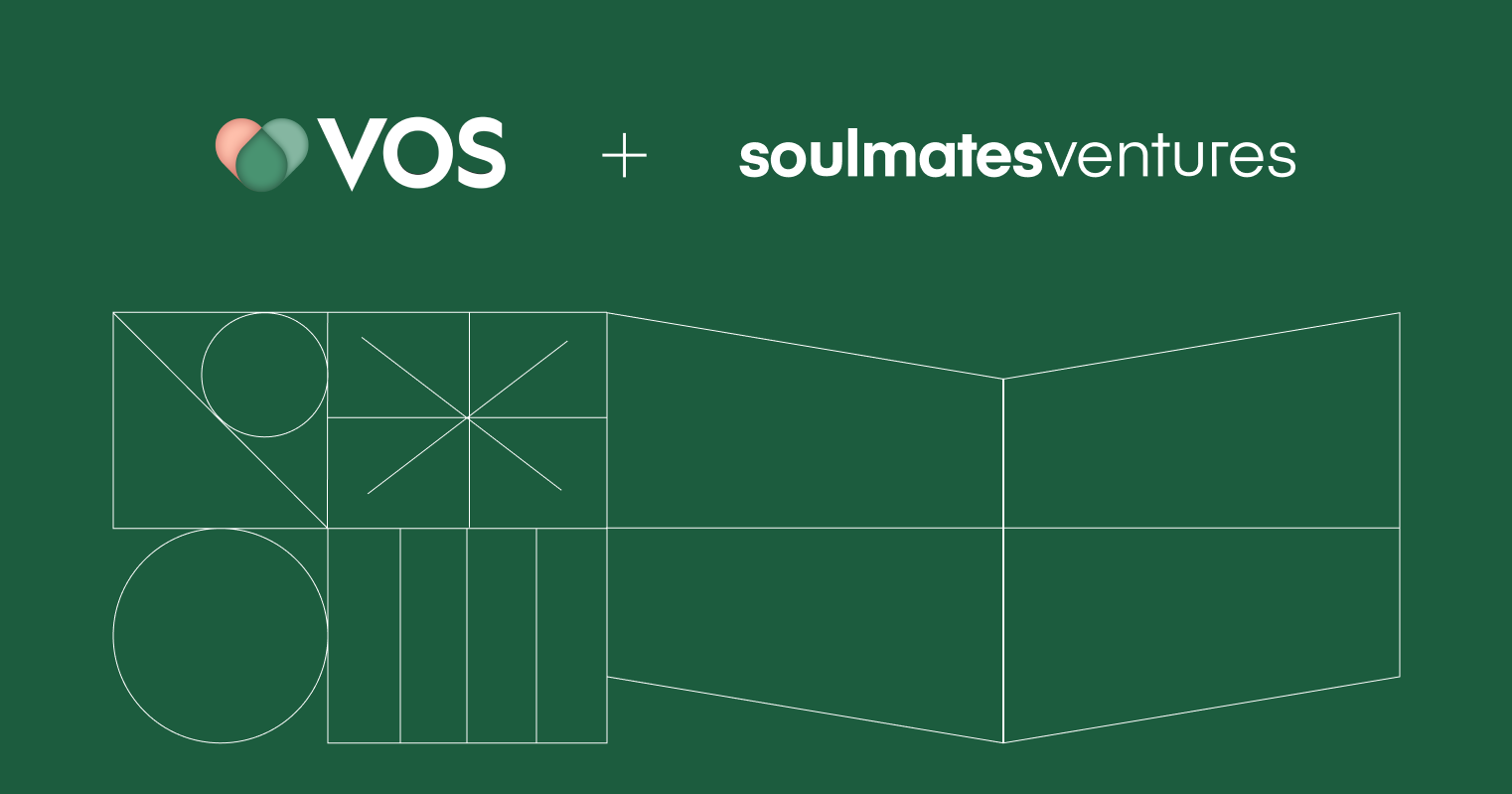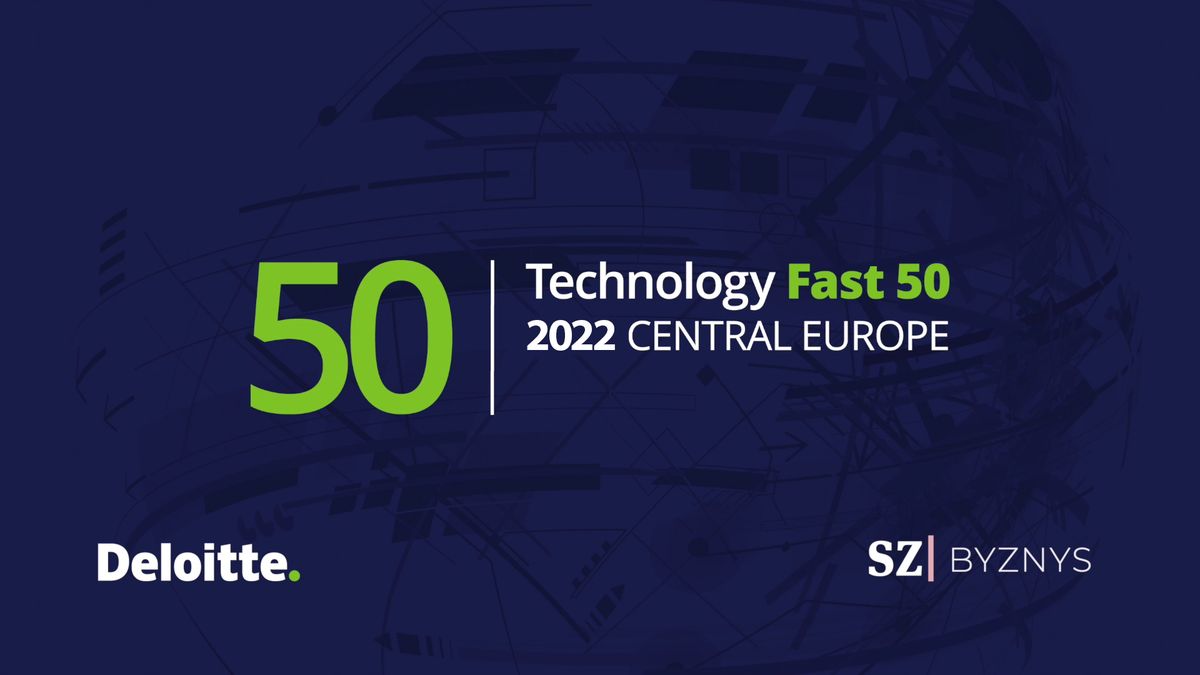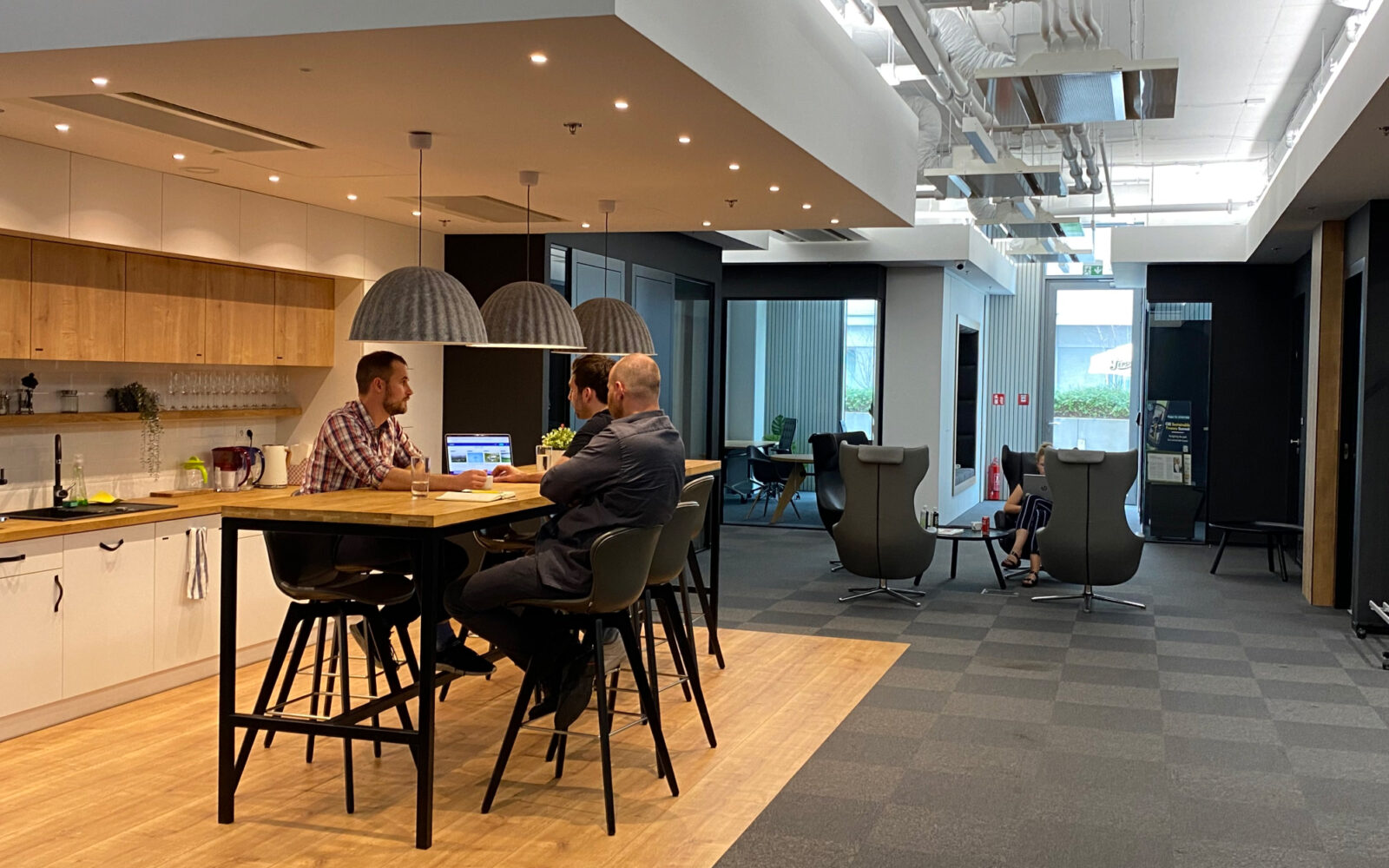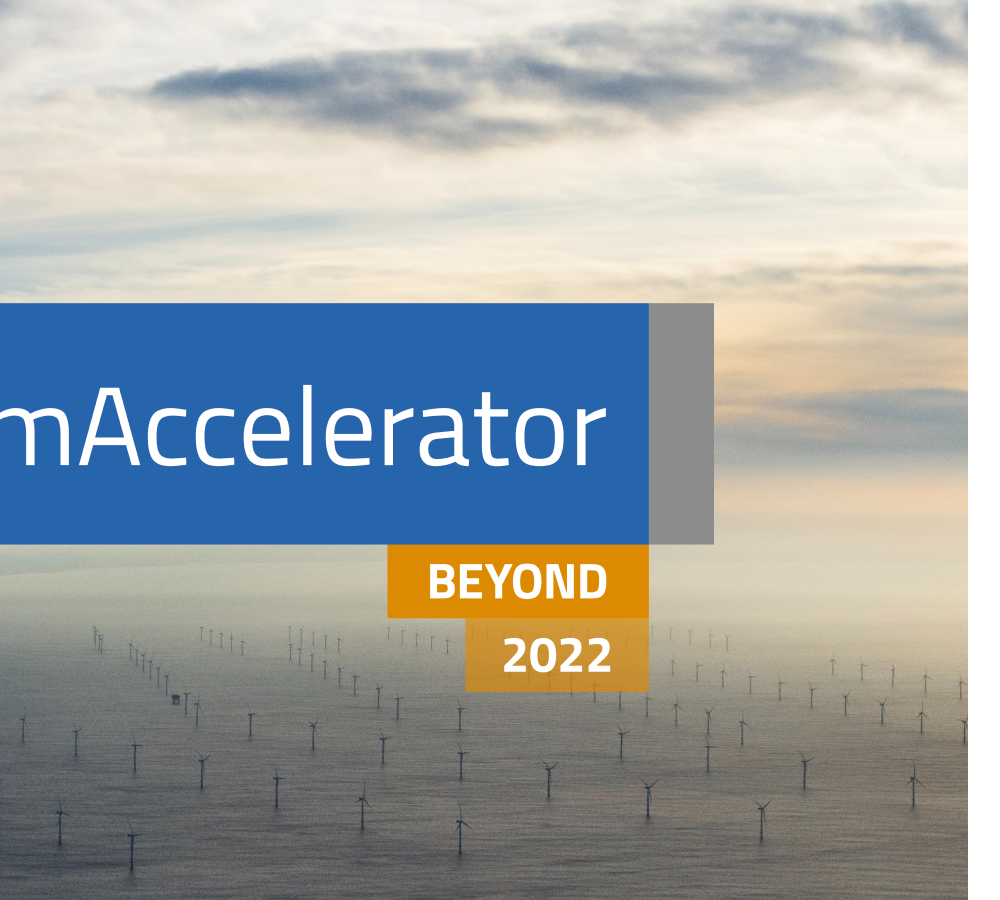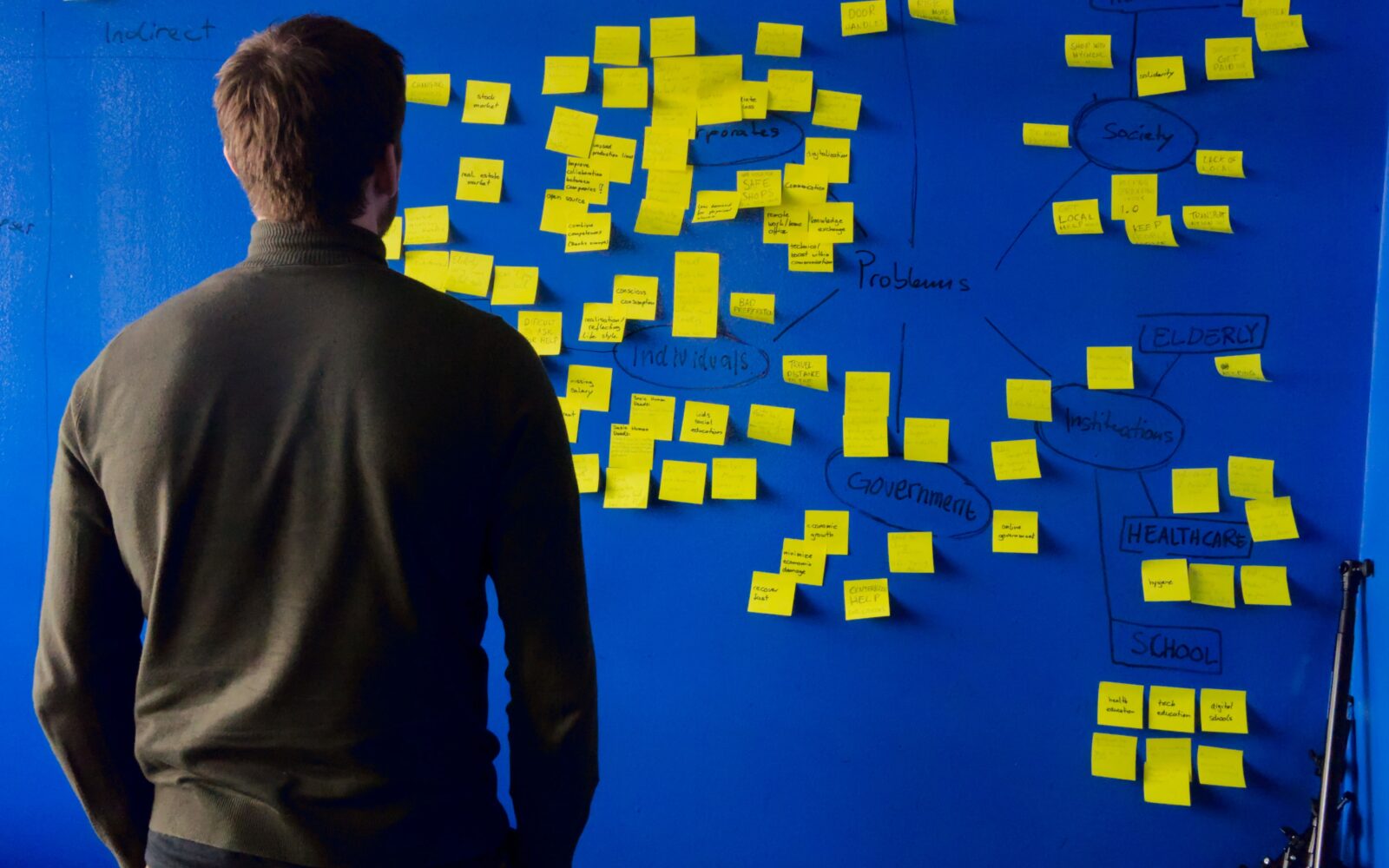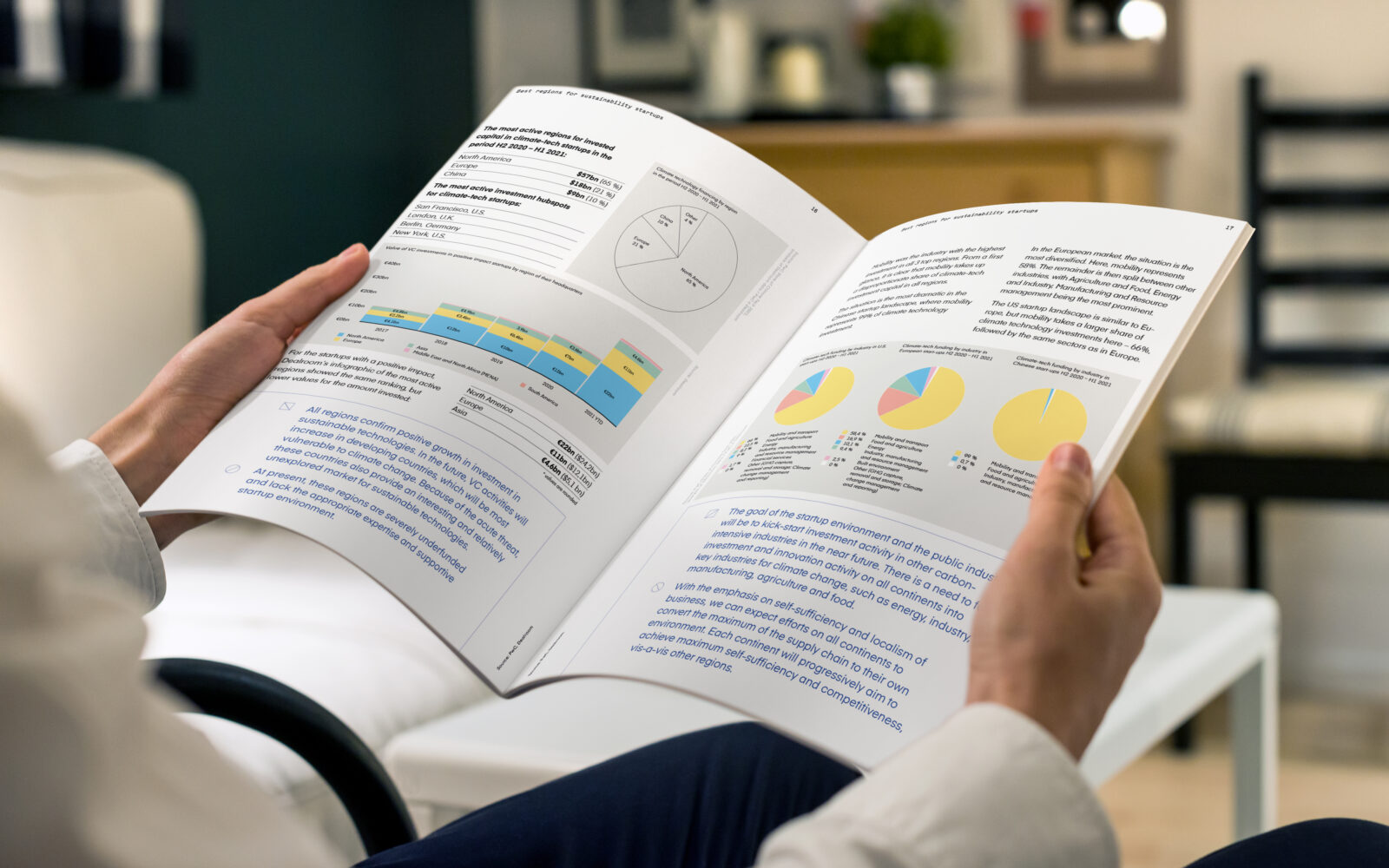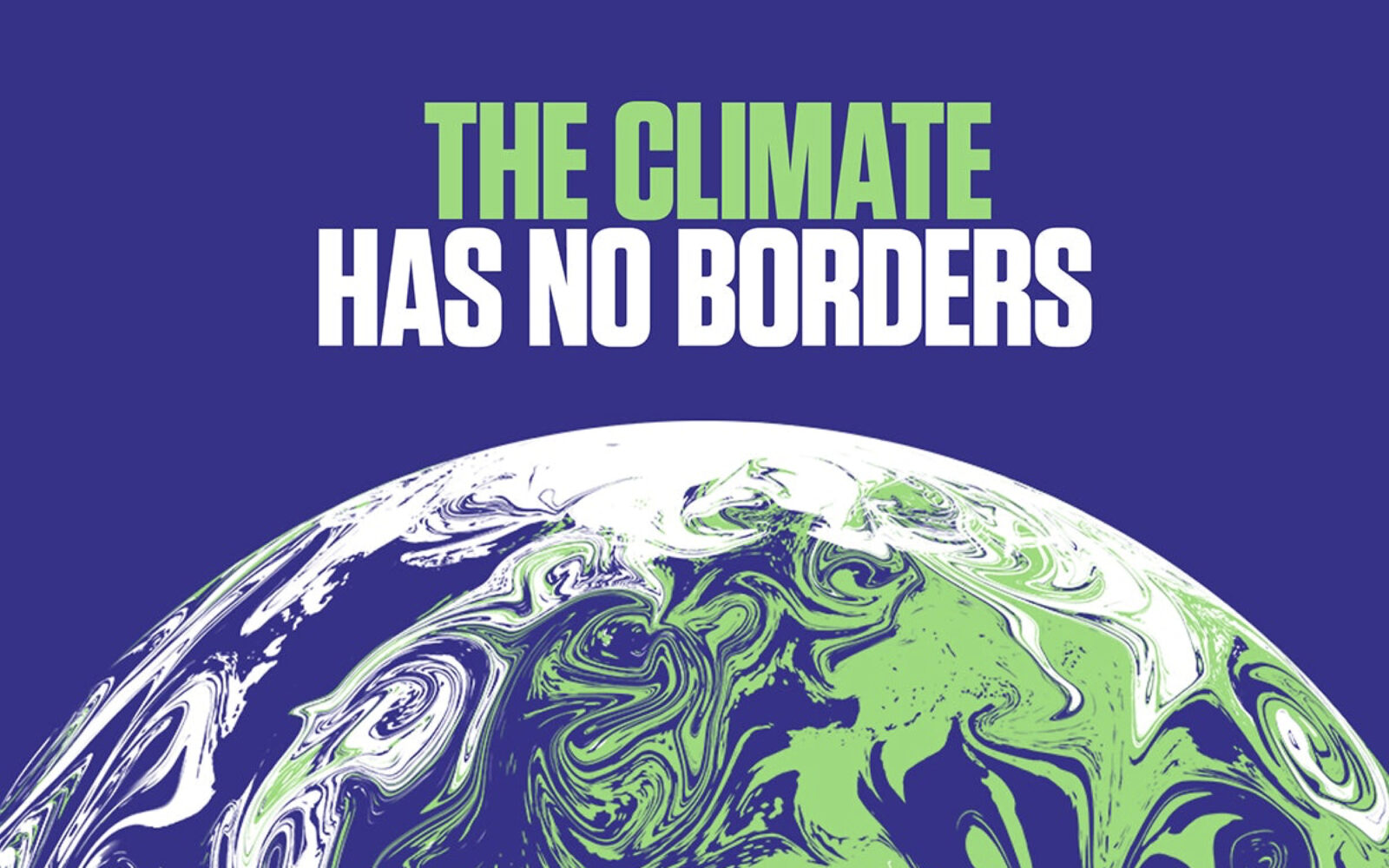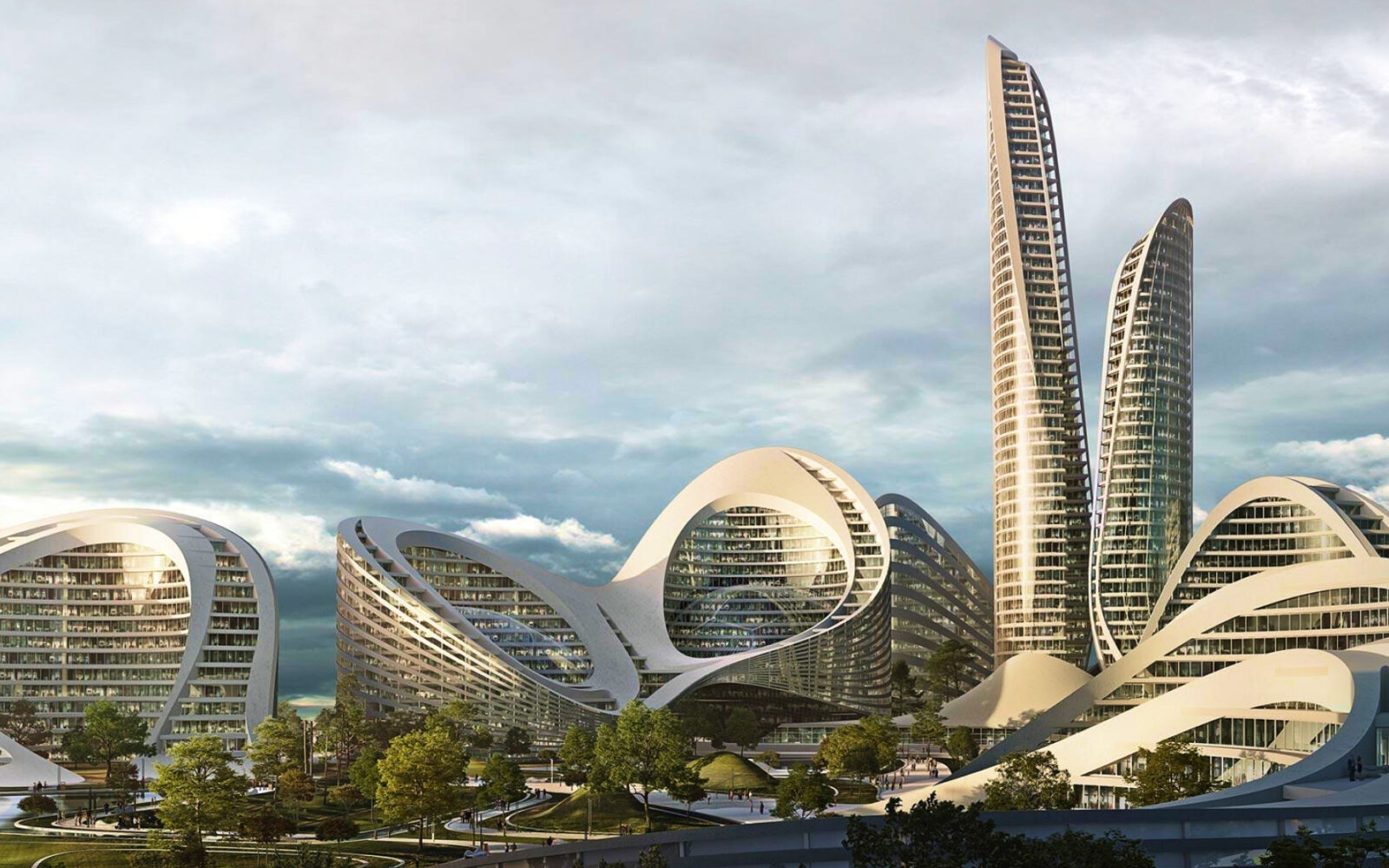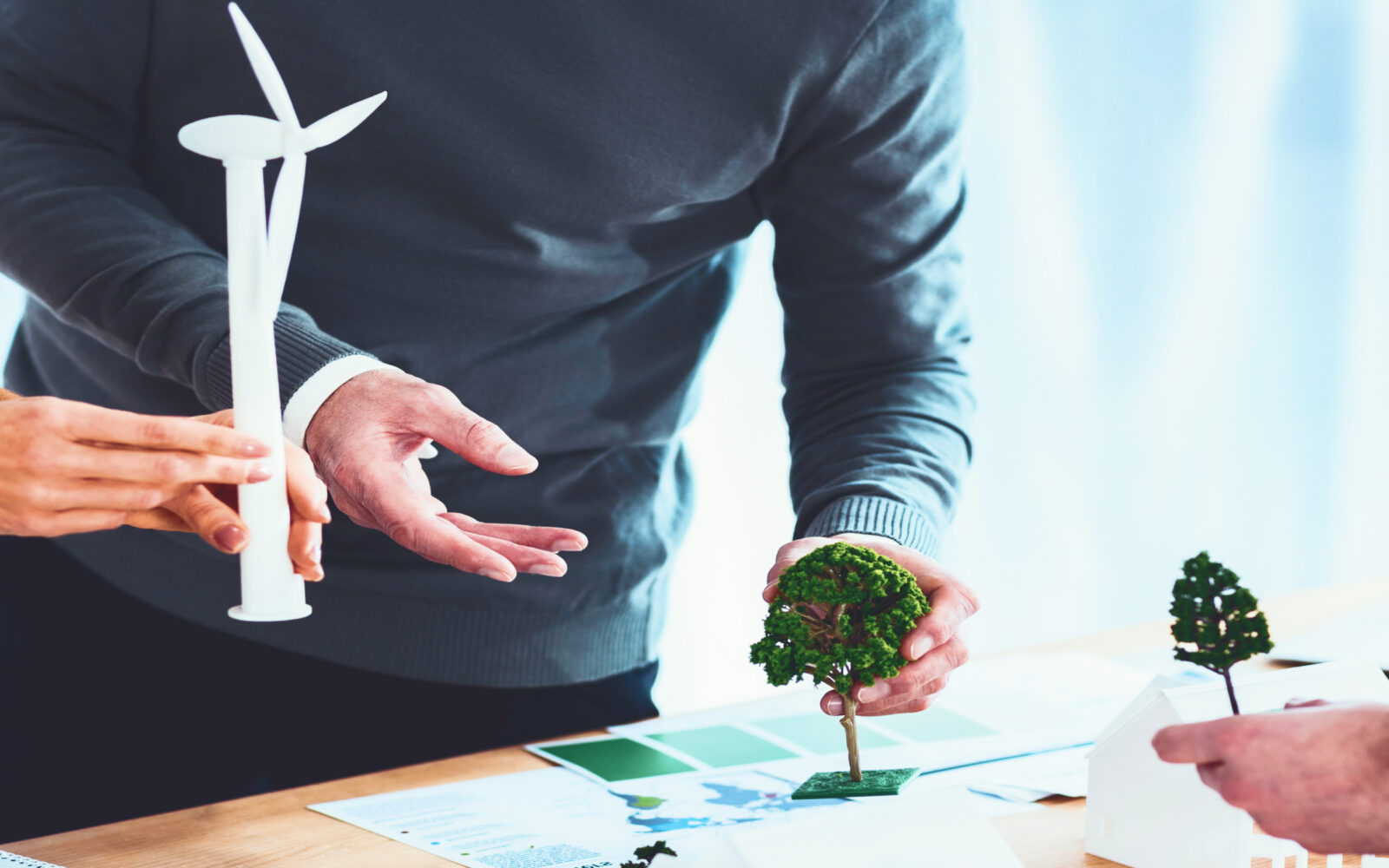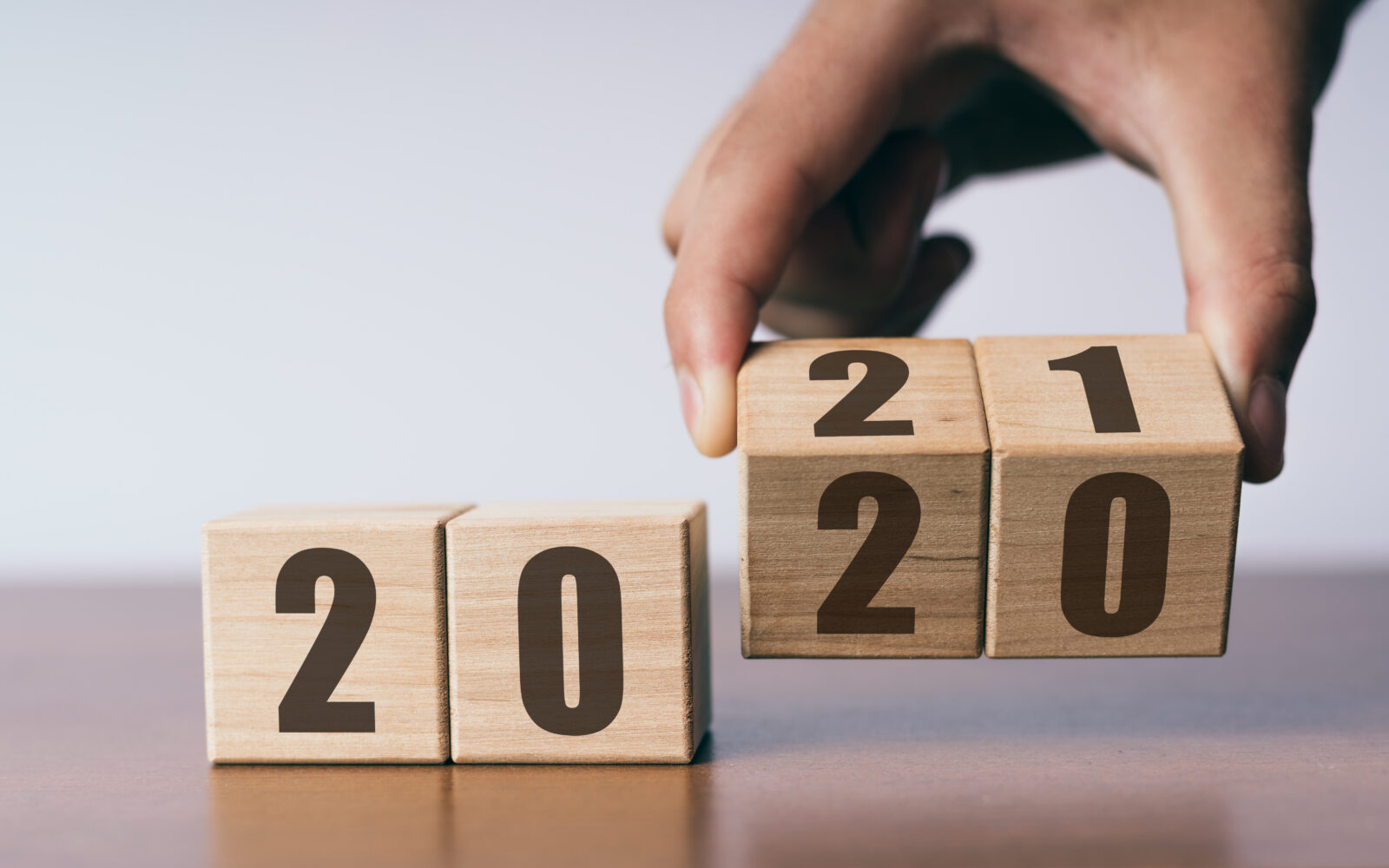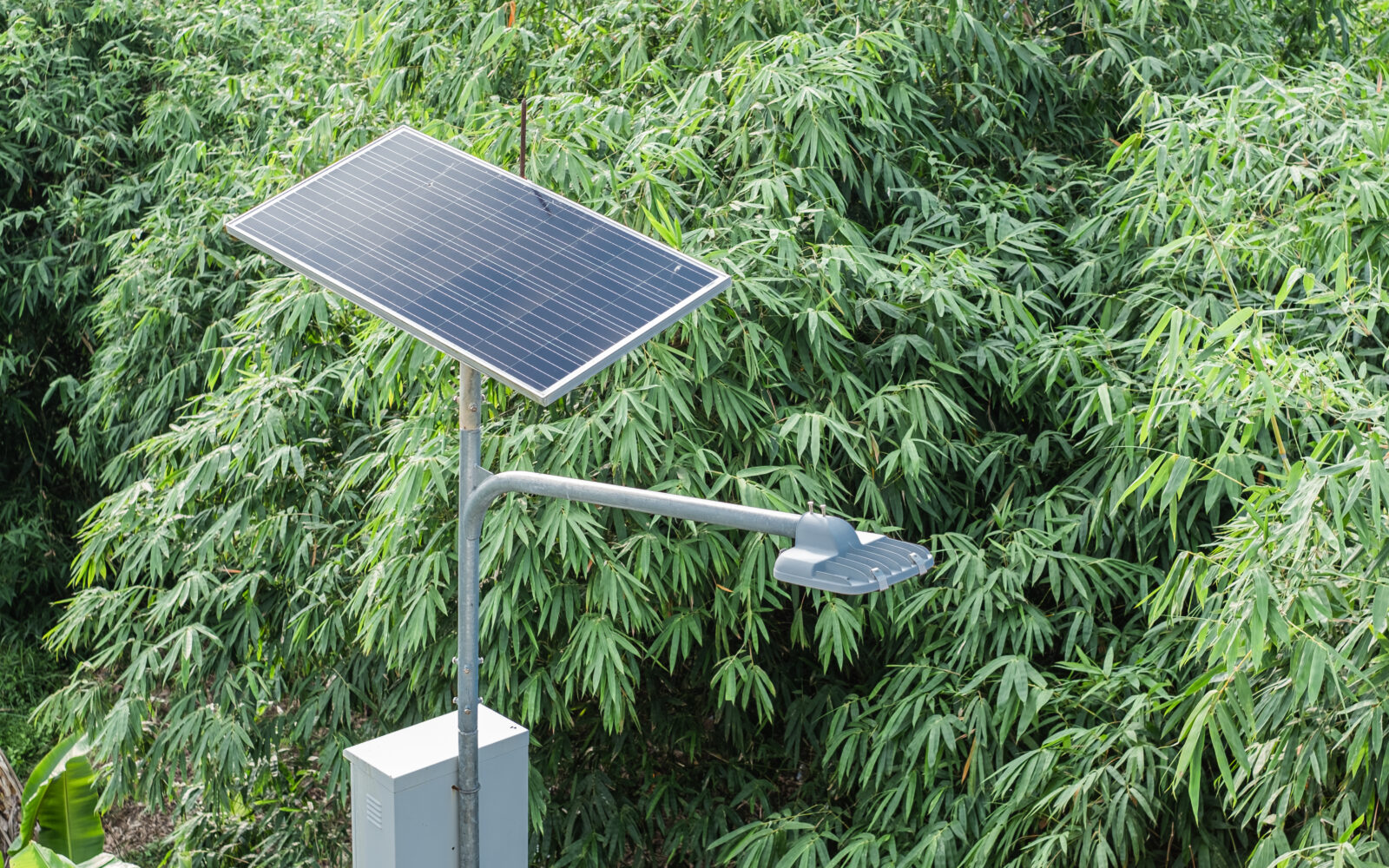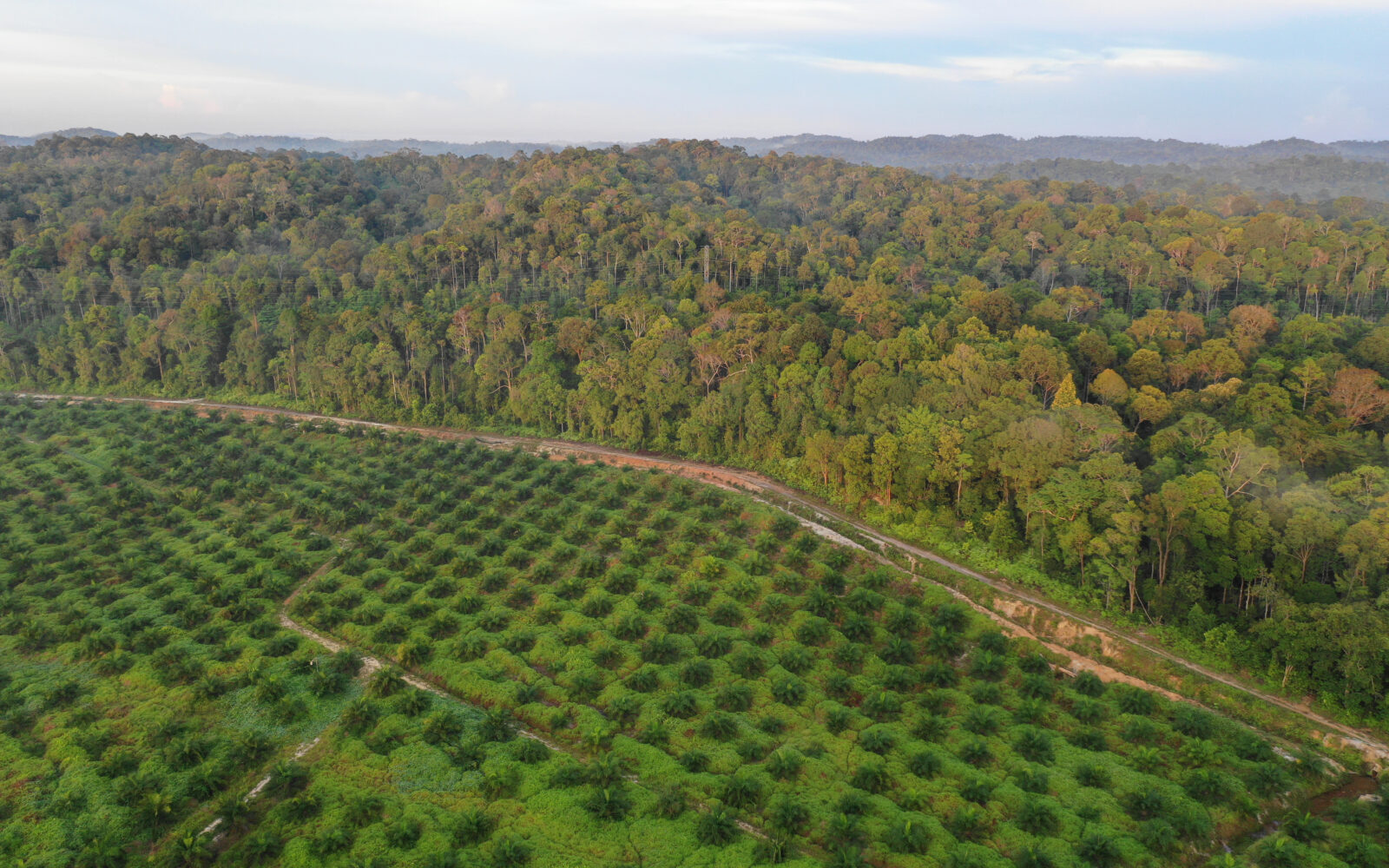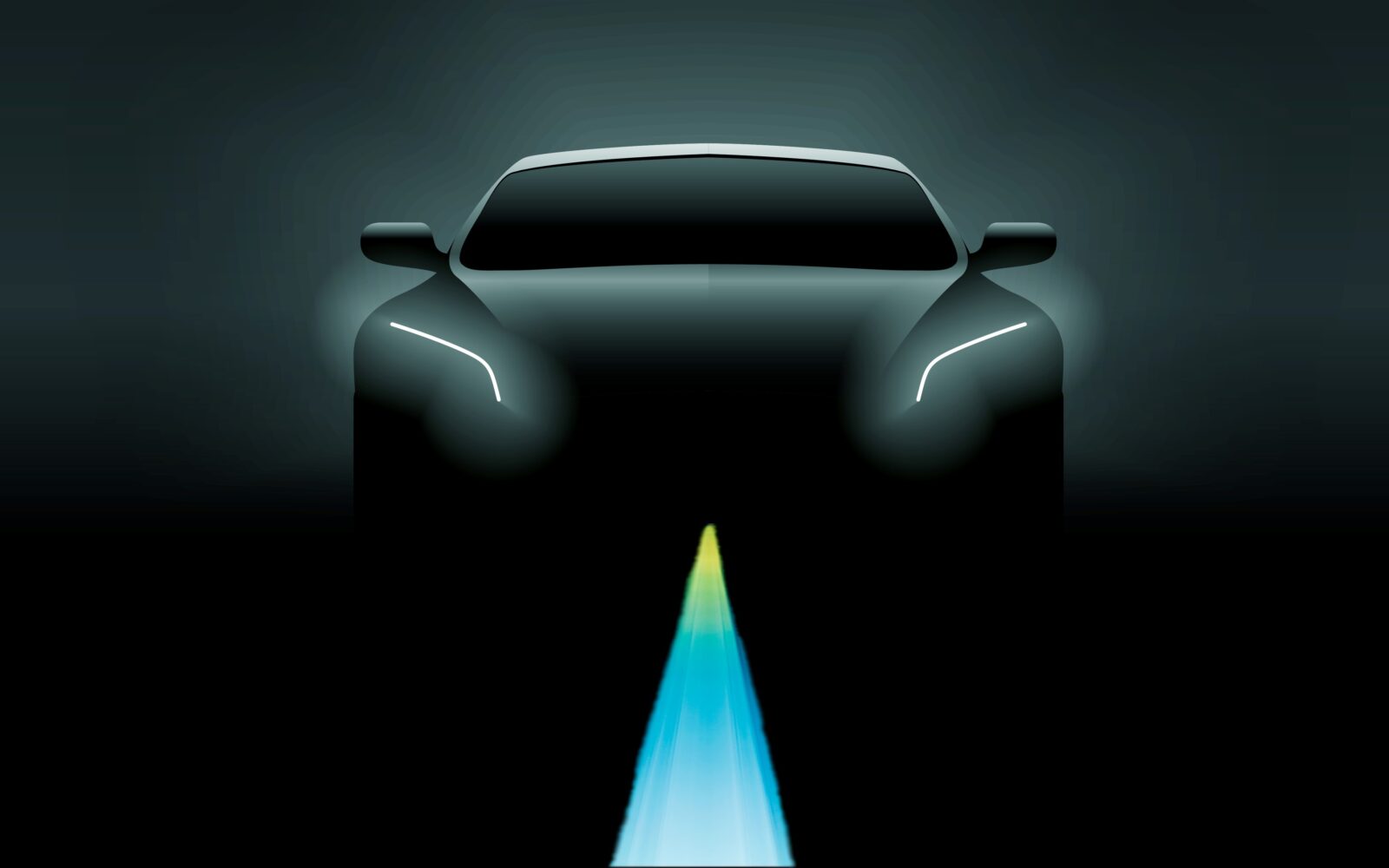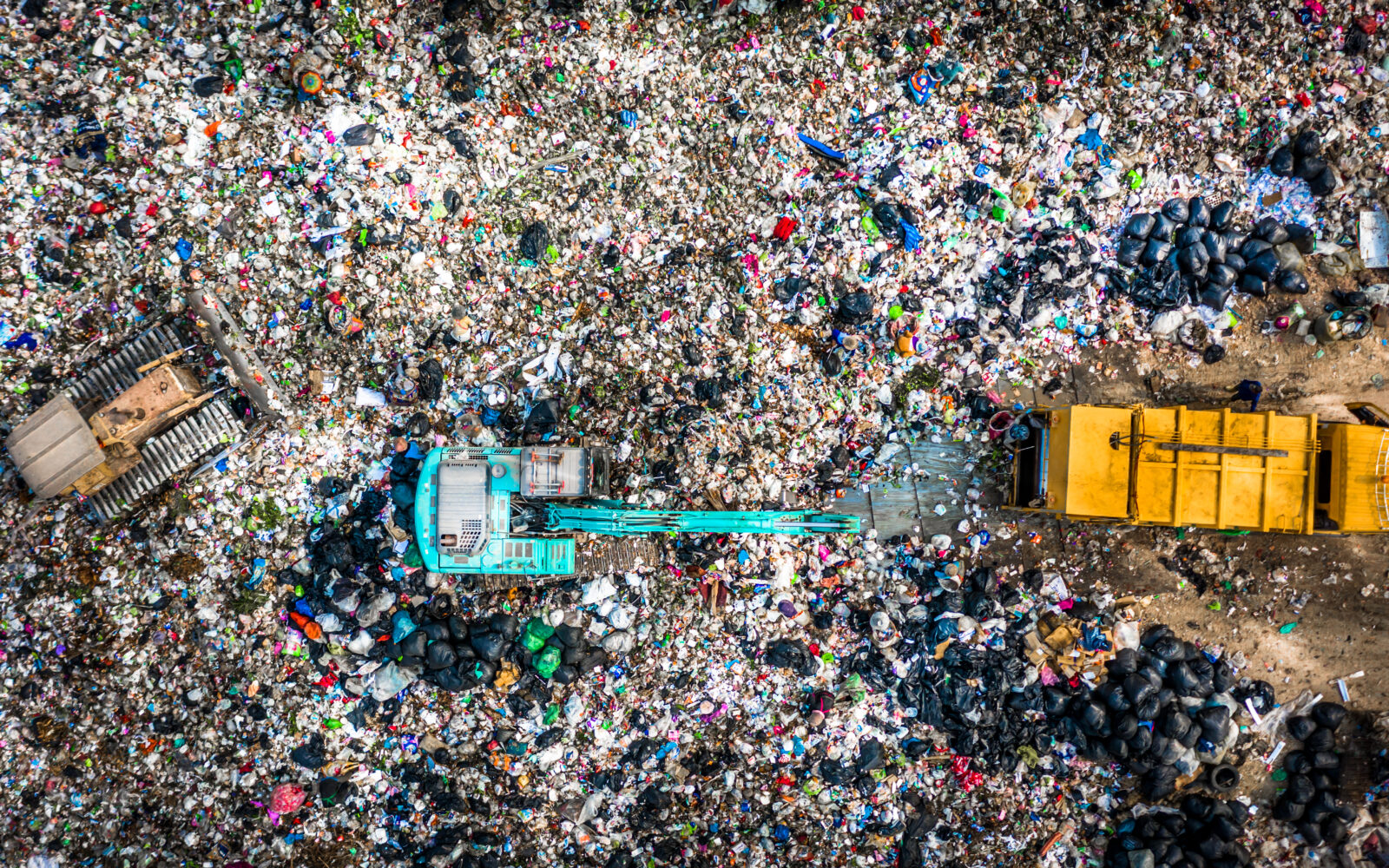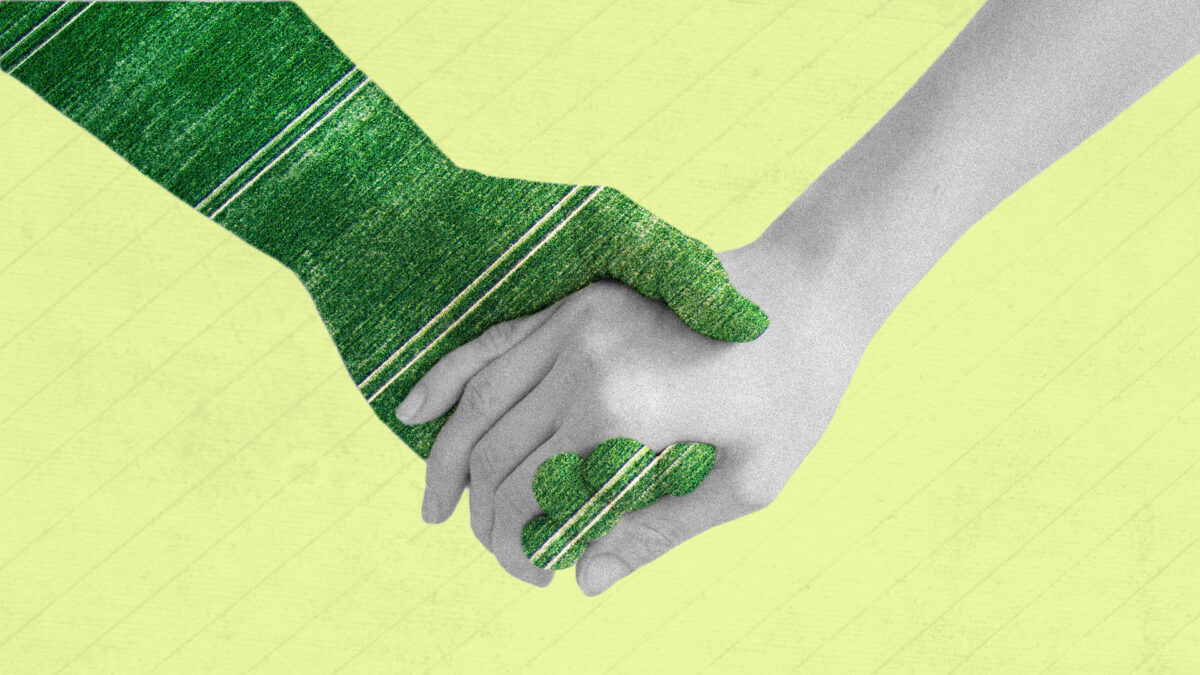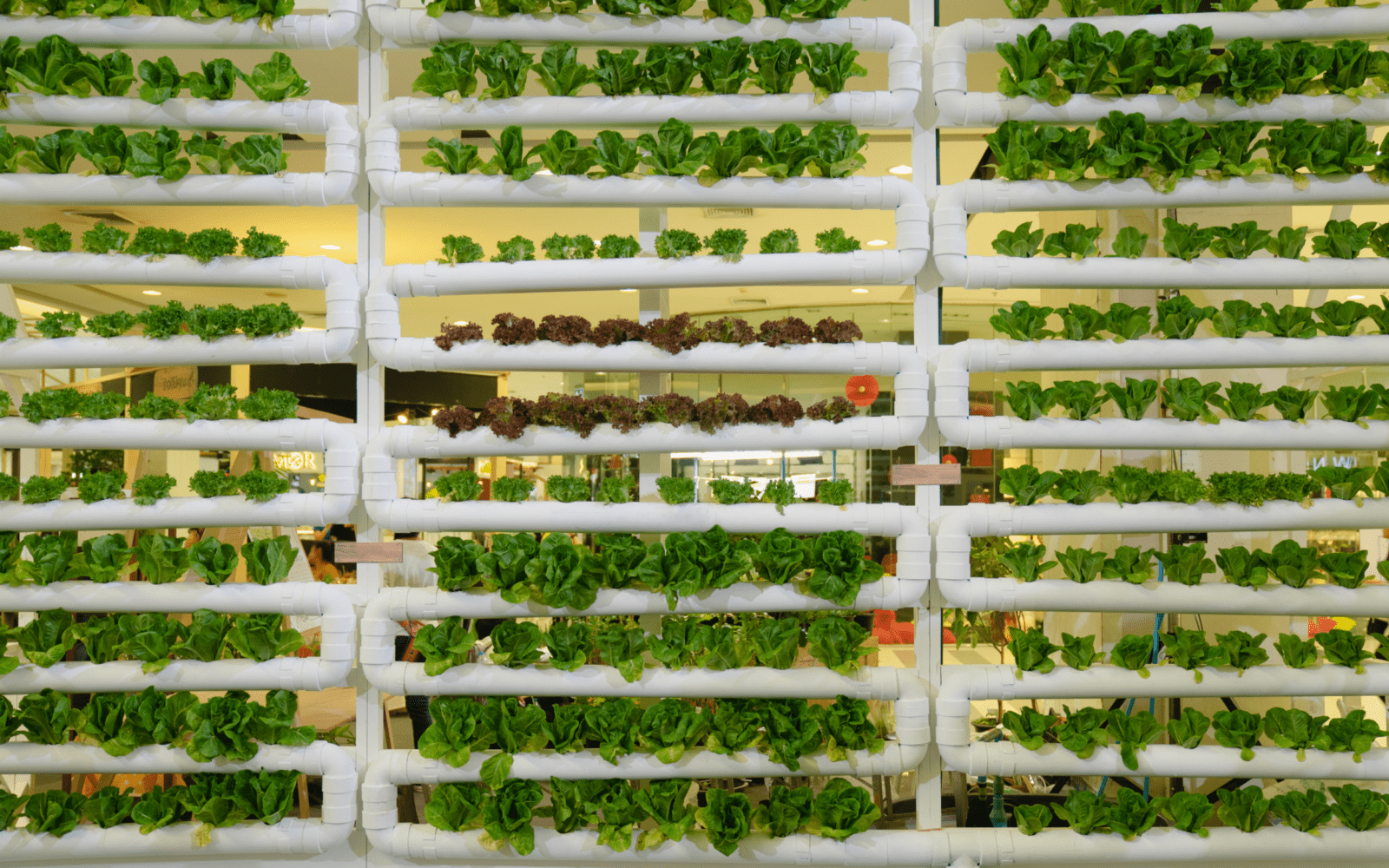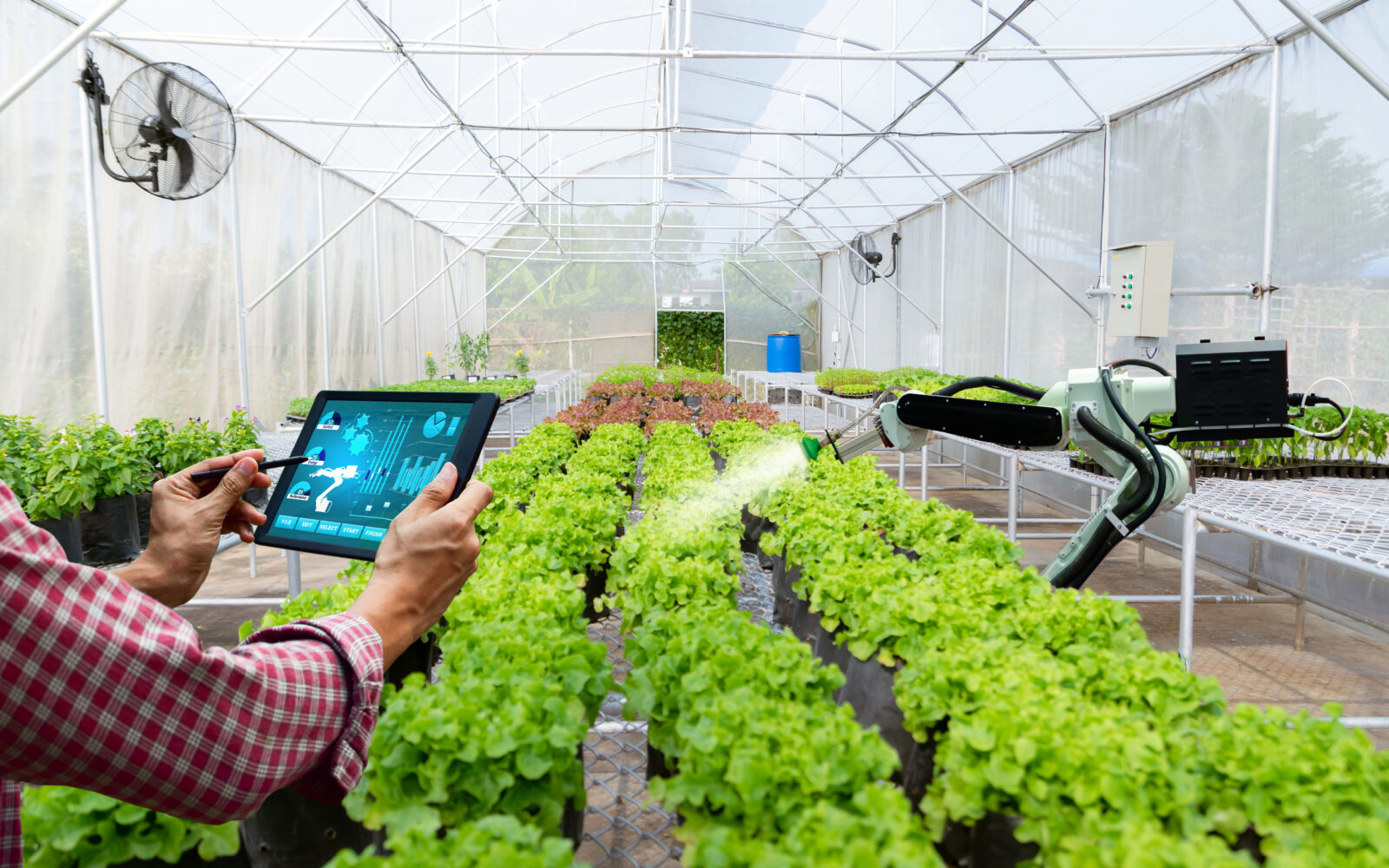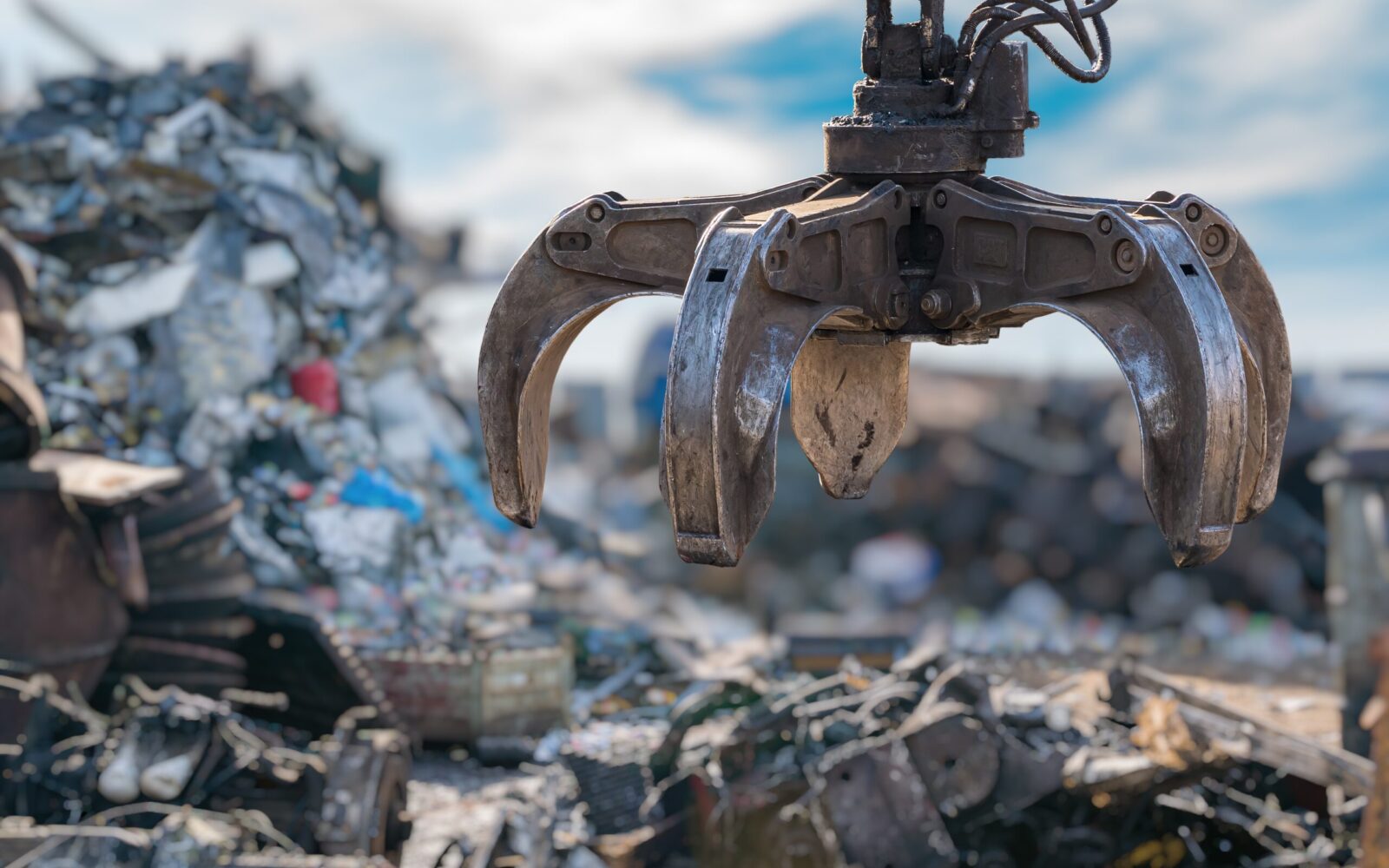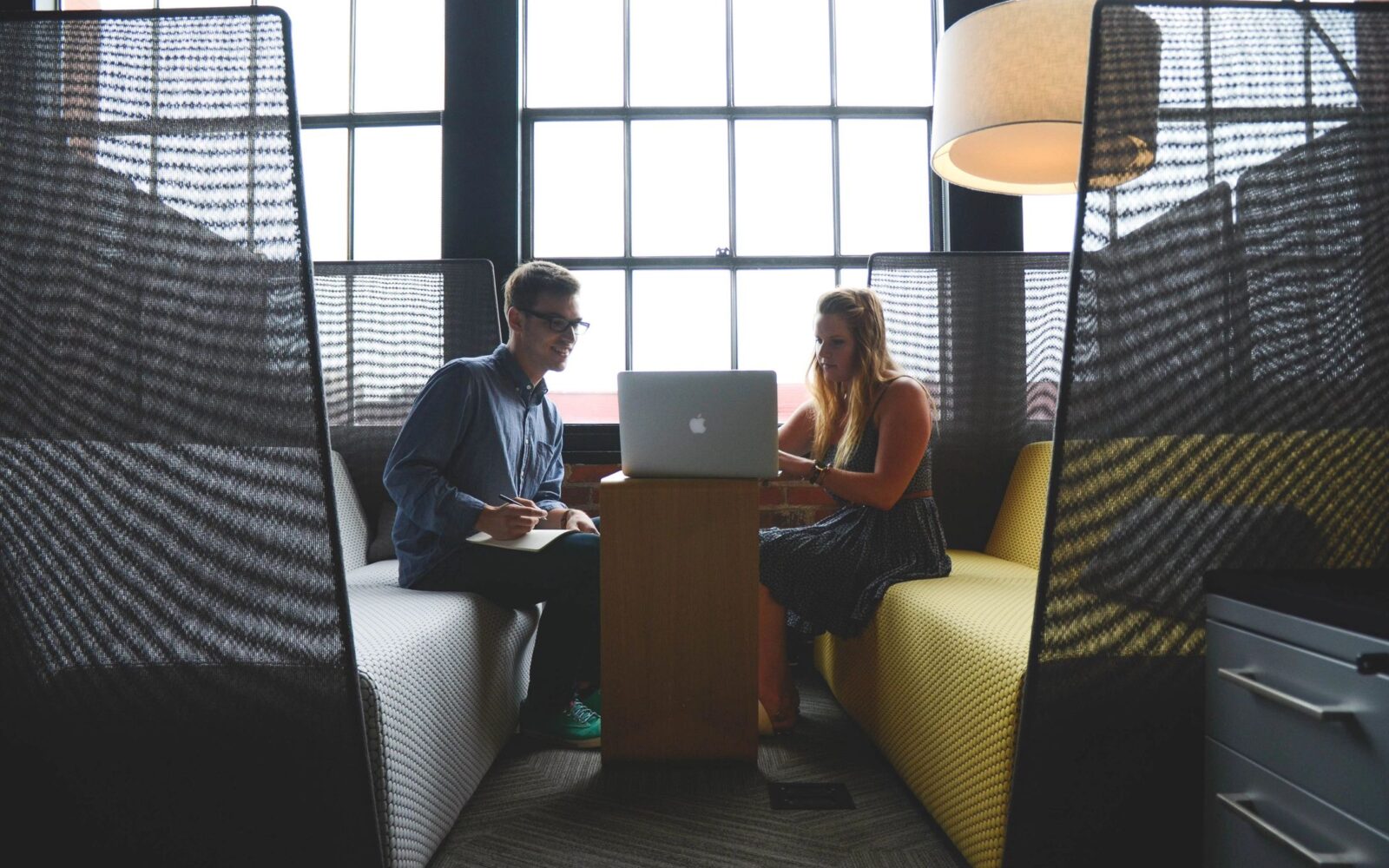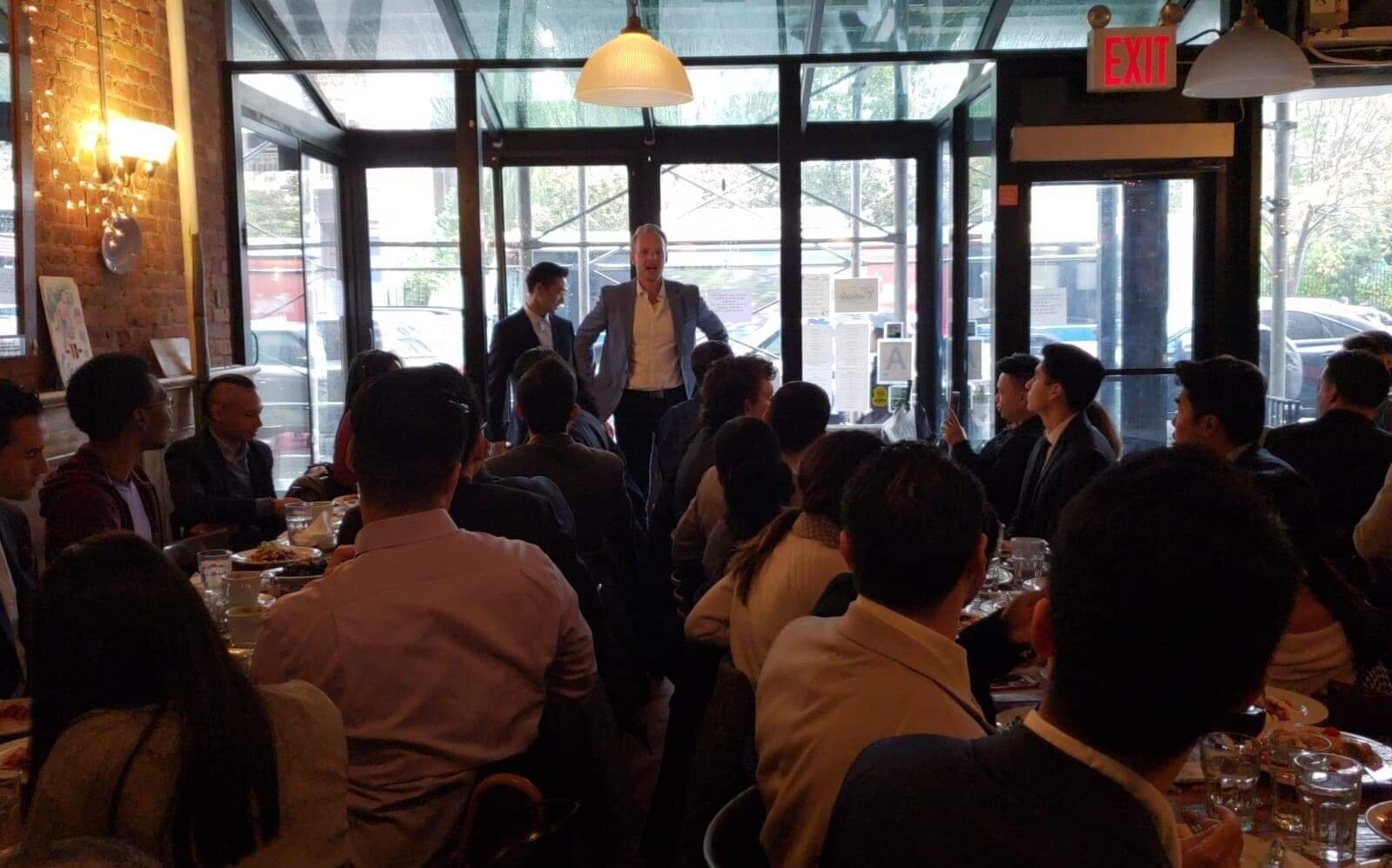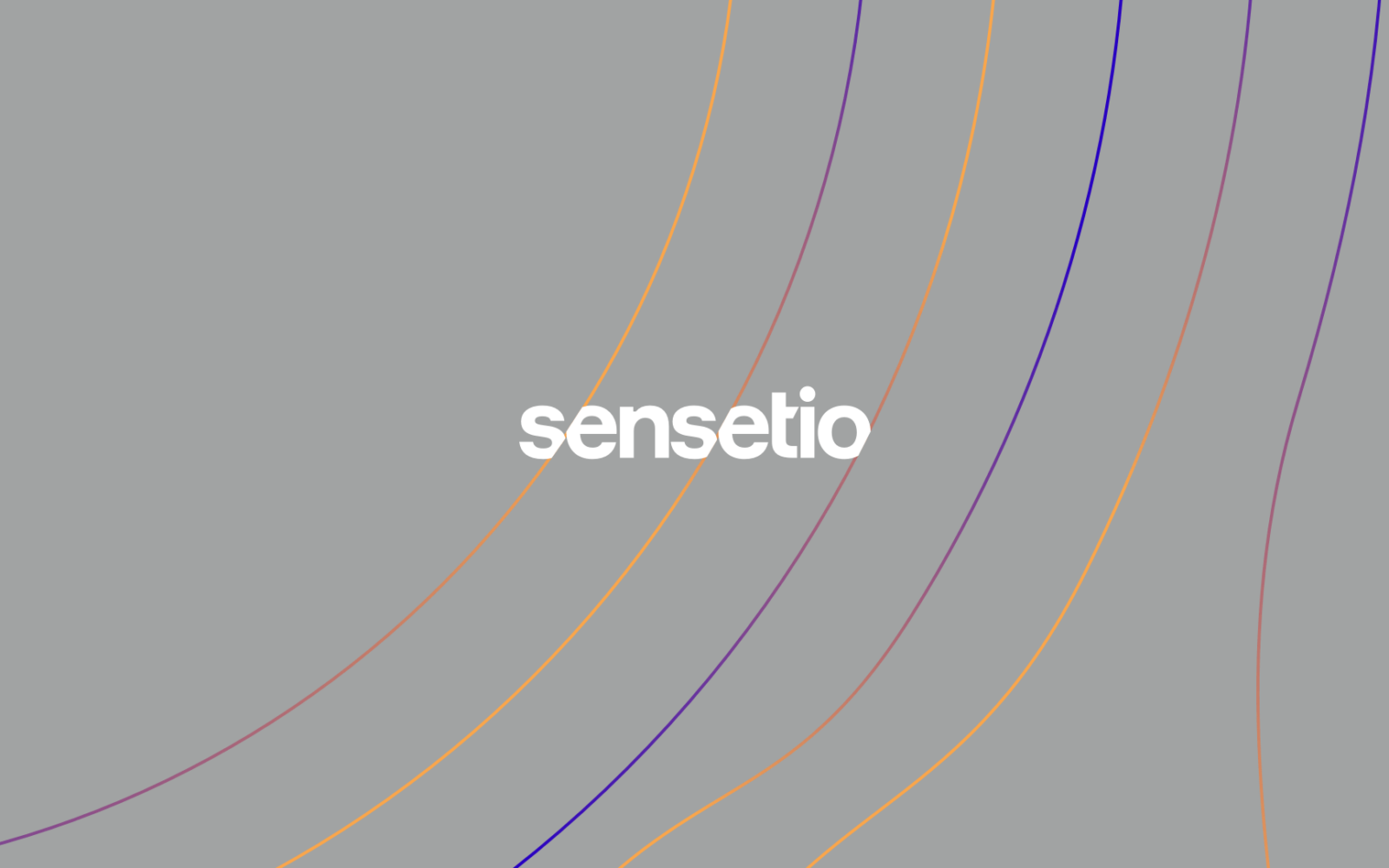The circular economy – an economic, performance based model focused on designing and manufacturing products, components and materials for reuse, remanufacturing, and recycling – promises big opportunities for the private sector to drive new and better growth and accelerate innovation. Shifting to the circular economy could release $4.5 trillion in new economic potential by 2030, according to Accenture forecasts. But how do we take the vision of a circular economy – which imagines a world without waste – and translate that into profitable and scalable action and best practice?
We are pleased to release “The Circular Design Guide” featuring examples of how the private sector is doing just that – translating circular aspiration into action that drives greater resource productivity improvements, eliminates waste and inefficiency, and contributes to a stronger, more competitive economy.
Why is moving to the circular economy important? The linear take-make-waste economy is no longer sustainable. Resource constraints, rapid population growth, price volatility, uncertain commodity markets, shifting consumer preferences and attitudes, and more are prompting a shift to the circular economy—a more viable and profitable alternative to the linear model that decouples economic growth from resource constraints.
Companies of all sizes from across a variety of sectors and industries are embedding circular principles throughout their core business and value chains, helping them accelerate innovation and progress that enhances the bottom line, supports vibrant cities and communities, and protects or improves ecosystems.
At the Soulmates Ventures, we provide a pre-competitive environment to learn, share, network, and collaborate to drive progress and achieve a circular economy. It is our goal you will find in this report new inspiration and tangible solutions for mainstreaming the circular economy in your organization and bringing those approaches to scale.
“The Circular Design Guide” is a free, online resource developed by the Ellen MacArthur Foundation and IDEO. We believe it taps into an emerging appetite among industry leaders for an alternative, restorative, and regenerative approach to business that creates new value and delivers long-term prosperity.
Transitioning to the circular economy will be one of the biggest creative challenges of our time. We believe design thinking is an ideal approach for tackling such a complex, systemic, ambiguous challenge. Created for mainstream innovators, entrepreneurs, and intrapreneurs, “The Circular Design Guide” aims to raise awareness of the circular economy, nurture a “systems perspective,” and share practical innovation methods. We hope these will galvanize readers to start designing tomorrow’s breakthrough businesses.
“The Circular Design Guide” is designed for different levels of experience, and for any stage in the innovation process. It includes a brief introduction to foundational concepts of the circular economy, as well as how to shift mindsets, practical design tools, and additional resources.
In introduction of the guide, IDEO’s CEO, Tim Brown, shares his perspective on the importance of the circular economy, and why designers and innovators should be excited about the opportunities for disruptive technologies to create new value, and for tackling the problems that plague traditional businesses and social institutions.
It explain about material, nutrient, and data flows, and why they’re central to more resilient, healthy companies and societies, before inviting readers to explore the mindsets and methods to equip and encourage them to dive in.
Designing for the circular economy involves completely rethinking our traditional, linear, “take-make– waste” model and replacing it with a new, circular, restorative one. It share how to shift our design mindset: for example by zooming out from a product end user to take into account the wider ecosystem of all stakeholders. Or, rather than “finished” products, thinking of the things designed as constantly evolving. And designing in ways that expands opportunity for everyone, like creating reusable materials.
It was developed 24 methods, grouped in the guide into four areas, loosely aligned with the flow of a circular design process: Understand, Define, Make, Release. The methods include introductions (“Understand Circular Flows”) and helpful techniques for those struggling to engage their organization (“Circular Buy-In”). Some adapt traditional design thinking practices to circularity (“User-Centered Research,” “Rapid Prototyping,” “Circular Business Model”), while others—such as “Service Flip” and “Imagine New Partnerships”—have been created specifically. Wild-card methods—including “Learn from Nature” and “Regenerative Thinking”—are designed to inspire readers.
“The Circular Design Guide” is packed with extras: interviews with designers; worksheets for each method; illustrative, inspiring circular innovation case studies; and links for helpful technical tools, such as material selection.
THE ELLEN MACARTHUR FOUNDATION was established in 2010 with the aim of accelerating the transition to the circular economy. Since its creation, the charity has emerged as a global thought leader, establishing the circular economy on the agenda of decision makers across business, government, and academia. The charity’s work focuses on five interlinking areas: insight and analysis, business and government, education and training, systemic initiatives, and communication.
IDEO is a global design and innovation firm. For more than 30 years, IDEO has helped create positive impact through design by taking a human-centered approach to helping organizations in the public and private sectors innovate, grow, and bring to market new ideas. We partner with leaders and change agents to identify new market opportunities, and to design and launch innovative products, services, ventures, and brands.
